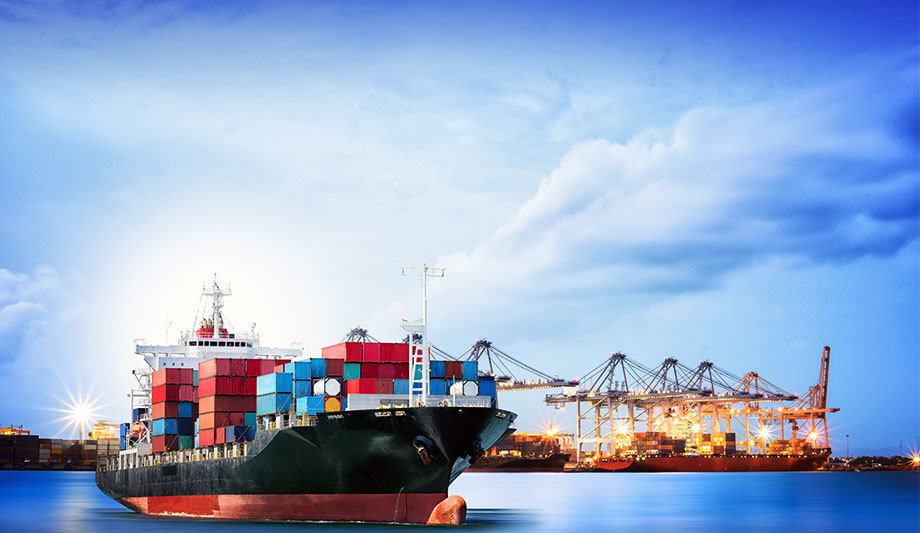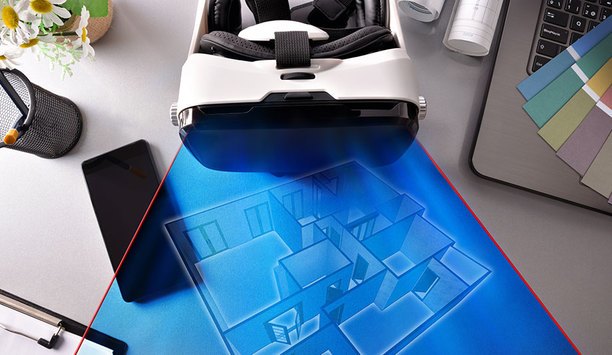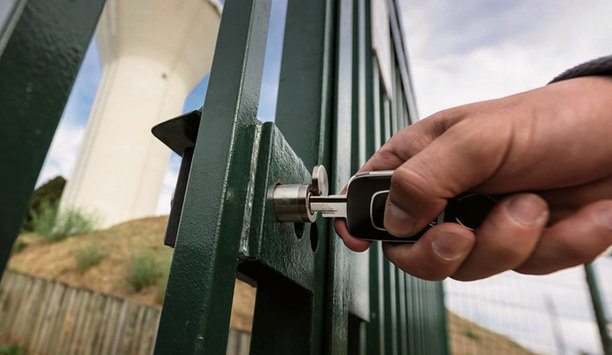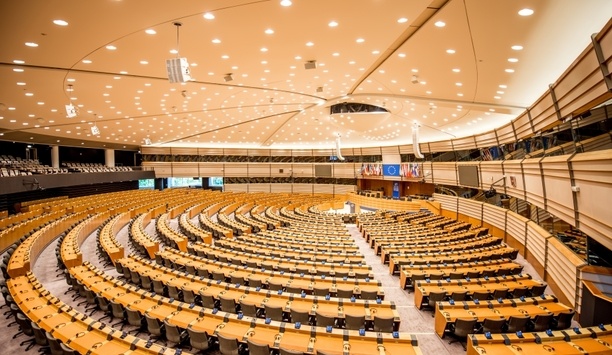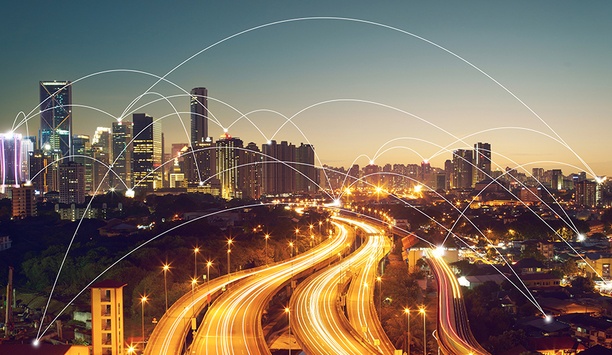The term ‘marine’ comes from the Latin mare, meaning sea or ocean, and marine habitats can be divided into two categories: coastal and open ocean. Video surveillance (VS) applications can cover both types of marine environment with system for ships, maritime ports, onshore and offshore installations, etc.
We should want to further analyze VS for ships and try to explain the types of ships on which it can be used, the ways in which VS can be used on ships, the typical certifications in use and what features a camera station must have to be installed on a ship.
Starting with ships that have a minimum tonnage, around the world we have: liquefied natural gas (LNG) tankers, passengers ships, chemical tankers, crude oil tankers, container ships, general cargo ships and bulk carriers.As the LNG market grows rapidly, the fleet of LNG carriers continues to experience tremendous growth, offering more opportunities for VS
Video surveillance for all marine vessels
An LNG carrier is a tank ship designed for transporting liquefied natural gas. As the LNG market grows rapidly, the fleet of LNG carriers continues to experience tremendous growth.
A passenger ship is a merchant ship whose primary function is to carry passengers by sea. This category does not include cargo vessels which have accommodation for a limited number of passengers, but rather includes the likes of ferries, yachts, ocean liners and cruise ships.
A chemical tanker is a type of tank ship designed to transport chemicals in bulk. These ships can also carry other types of sensitive cargo which require a high standard of tank cleaning, such as palm oil, vegetable oils, tallow, caustic soda and methanol.
An oil tanker, also known as a petroleum tanker, is a merchant ship designed for the bulk transport of oil. There are two basic types of oil tankers: crude tankers and product tankers. Crude tankers move large quantities of unrefined crude oil from its point of extraction to refineries. Product tankers, generally much smaller, are designed to move refined products from refineries to points near consuming markets.
Container ships are cargo ships that carry their entire load in truck-size intermodal containers: a technique called containerization. They are a common means of commercial intermodal freight transport and now carry most seagoing non-bulk cargo. Today, about 90% of non-bulk cargo worldwide is transported by container.
A cargo ship or freighter ship is any sort of ship or vessel that carries cargo, goods and materials from one port to another. Cargo ships are specially designed for the task, often being equipped with cranes and other mechanisms to load and unload, and come in all sizes.
Bulk carriers make up 15%–17% of the world's merchant ships and they are specially designed to transport unpackaged bulk cargo such as grains, coal, ore and cement in its cargo holds.
For all these ships the protection of vessels, cargo and crew is a priority, that’s why the adoption of VS technology plays a key part in terms of security and safety. Human error is regularly named as a major factor in ship accidents, and one way to avoid it is to aid seafarers by providing them with technology and equipment that is reliable and easy to use in all weather and sea conditions.
 |
| Marine VS encompasses liquefied natural gas (LNG) tankers, passengers ships, chemical tankers, crude oil tankers, container ships, general cargo ships and bulk carriers |
Emergency security solutions on ship
One of the most important applications for camera stations is during “docking”. Mooring is the securing or confining of a vessel in a particular location with a fixed or a floating object (jetty, pier, ship, barge, buoy, etc.) as various cargo operations are carried out. Docking is the final stage of mooring operations when the ship docks to the jetty. This is a very delicate operation and cameras are very helpful in making sure docking is done without accidents.'Man overboard’ is an emergency in which a person has fallen off a boat or ship into the water, and can happen at any time during the day or night
Another important application for camera stations is the Man Overboard detection system (MOB). ‘Man overboard’ is an emergency in which a person has fallen off a boat or ship into the water. Man overboard events can happen at any time during the day or night, in all types of weather and sea conditions, and from almost any location on the ship, ranging from a few tens of feet above the water, to over 180 feet.
When these events occur, the immediate availability of important data is crucial. Accurate confirmation of the event including time of occurrence, location on the ship and location in the sea is critical. A proactive detection system must immediately and accurately detect man overboard events and provide prompt, actionable data to response personnel. A typical man overboard detection system can report a MOB event in under 1 second.
VS on a vessel can also monitor the engine room at all times and provide a good view of people working on dock, machinery and stowed equipment. But what are the most important features that a camera station must have to work in one of the most aggressive environments in nature?
Ruggedized reliability in surveillance
First of all, and perhaps it’s obvious, but it’s extremely important to have camera stations with amazing reliability. Housing units manufactured from AISI 316L stainless steel, passivated and electropolished, makes the cameras completely impervious to air, water, rusting and corrosion, therefore offering excellent weather protection and increased reliability.Housing units manufactured from AISI 316L stainless steel, passivated and electropolished, makes the cameras completely impervious to air, water, rusting and corrosion
Sometimes ships also use cameras constructed entirely from technopolymer, which guarantees high impact resistance and superior protection from external weather agents. Keeping the camera glass clean at all times is another essential feature, and it can be done via a wiper/wash system that greatly reduces the need for maintenance. In the case of PTZ cameras, the best option would be a great pan and tilt speed (up to 100°/s).
What is the operative temperature range for the cameras? Sea is everywhere and therefore ships go everywhere, from the Arctic Ocean to the Mediterranean, so we need cameras that have to be fully operational across a wide temperature range. -40°C to +65°C covers almost all areas.
Analog or IP Cameras? Actually, both options can be used, especially for applications like docking where it’s important to avoid image delay (as can happen with IP cameras due to the natural latency of data communication over a network).
Marine certifications
Last but not least, the certifications: Certifications guarantee the quality and reliability of camera stations. There is no compromise! One important certification is the Lloyd’s Register Type Approval which subjects cameras to rigorous testing for performance, vibration (critical on ships), humidity, etc.
The application field of the LR Type Approval is VS in public places (e.g. passenger ships), open decks, enclosed spaces that are subjected to heat generated from other equipment, and technical premises. Often, VS cameras used in specific areas of ships, such as hazardous areas, are required to have ATEX and IECEX certifications.
